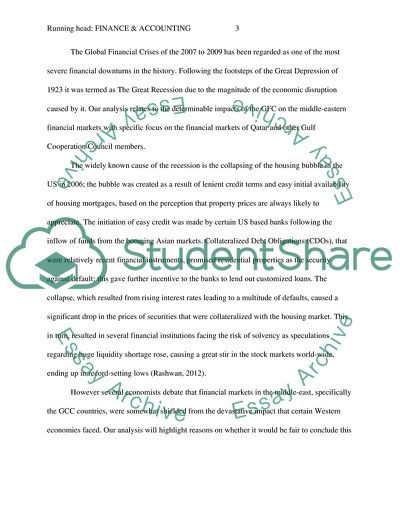Cite this document
(Financial markets subject Research Paper Example | Topics and Well Written Essays - 3000 words - 1, n.d.)
Financial markets subject Research Paper Example | Topics and Well Written Essays - 3000 words - 1. https://studentshare.org/finance-accounting/1805557-financial-markets-subject
Financial markets subject Research Paper Example | Topics and Well Written Essays - 3000 words - 1. https://studentshare.org/finance-accounting/1805557-financial-markets-subject
(Financial Markets Subject Research Paper Example | Topics and Well Written Essays - 3000 Words - 1)
Financial Markets Subject Research Paper Example | Topics and Well Written Essays - 3000 Words - 1. https://studentshare.org/finance-accounting/1805557-financial-markets-subject.
Financial Markets Subject Research Paper Example | Topics and Well Written Essays - 3000 Words - 1. https://studentshare.org/finance-accounting/1805557-financial-markets-subject.
“Financial Markets Subject Research Paper Example | Topics and Well Written Essays - 3000 Words - 1”. https://studentshare.org/finance-accounting/1805557-financial-markets-subject.


